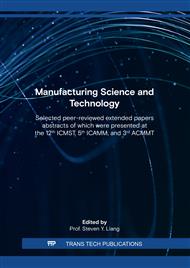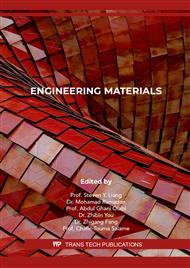p.169
p.177
p.183
p.193
p.215
p.223
p.231
p.237
p.249
Dewatering Treatment and Catalytic Application of Sludge by Glow Discharge Plasma
Abstract:
In this paper, glow discharge plasma (GDP) was used to remove organic contaminants of sludge and improve sludge dewaterability. Fe-rich sludge as a catalyst combined GDP to form heterogeneous Fenton reaction, which was used to remove 2,4-dichlorophenoxyacetic acid (2,4-D) in aqueous solution. The surface micrographs and chemical composition of Fe-rich sludge was analysed by the Scanning electron microscopy-energy dispersive spectroscopy (SEM-EDS). The effect of initial pH0 on hydrogen peroxide (H2O2) yield in GDP was discussed. The removal of 2,4-D was associated with the synergetic effect of adsorption and oxidative, and hydroxyl radicals (•OH) play a dominant role. This study provides an environmentally-friendly technology to improve sludge dewaterability and a potentially low-cost catalyst for 2,4-D removal in water, which is significant for the reuse of Fe-rich sludge.
Info:
Periodical:
Pages:
231-236
Citation:
Online since:
June 2022
Authors:
Price:
Сopyright:
© 2022 Trans Tech Publications Ltd. All Rights Reserved
Share:
Citation:



